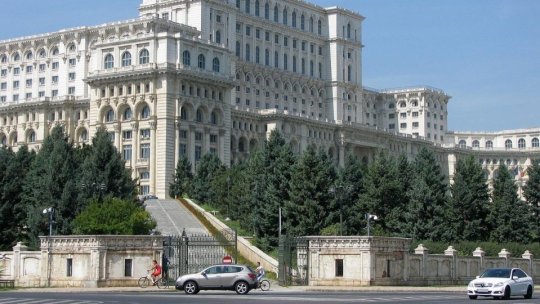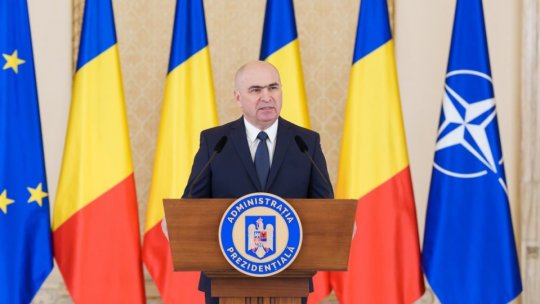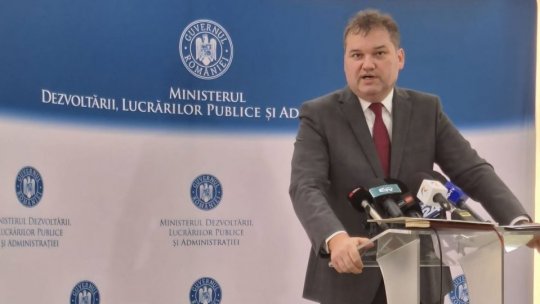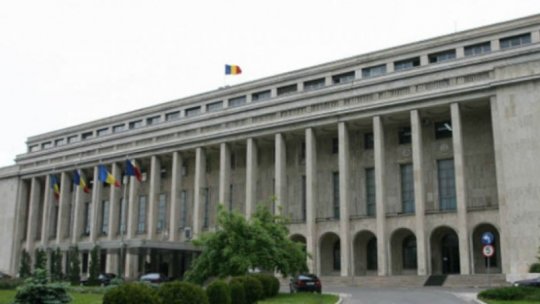Wooden churches in Cluj will be rehabilitated
Old wooden churches in Northern Transylvania, which were usually being deserted and burnt once the population of a community increased, will no longer be demolished but rehabilitated and converted into tourist attractions.
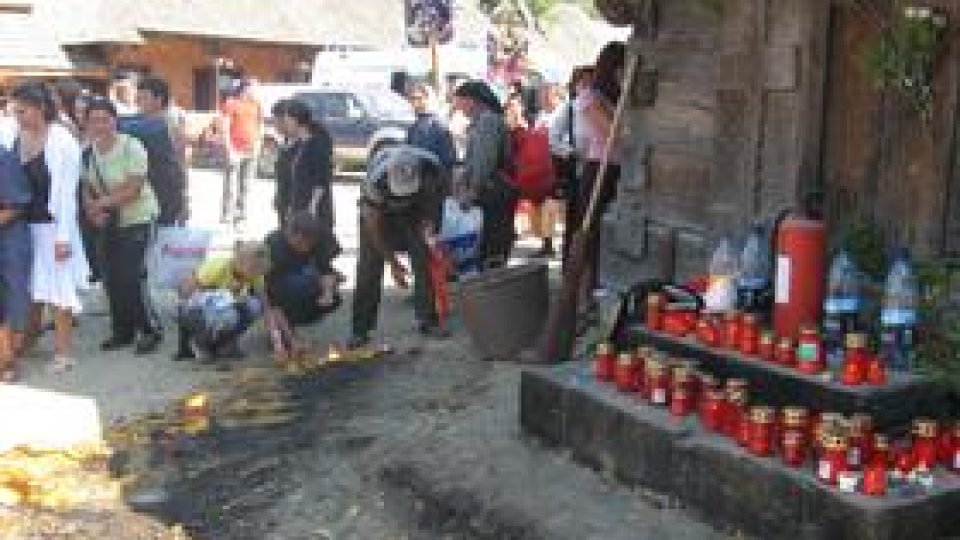
03 Martie 2011, 08:56
In Northern Transylvania, some communities carry on a controversial tradition.
When the community grew in number and a new church was needed, the community used to abandon the old place of worship and then burn it.
‘The reason for this unusual gesture is explained by the fear of locals who believe the church could have been desecrated while deserted’, teacher Mircea Mureşan said.
The last case of this kind was encountered in Solon, Sălaj county, a few years ago.
This event provoked a massive scandal, as the ones responsible for the church arson did not possess any approvals.
Furthermore, the church arson was decided by the Orthodox community, while the church was claimed by the Greek-Catholic community.
From now on, old wooden churches will no longer be destroyed, but rehabilitated and converted into tourist attractions.
‘In Cluj county there are many other similar places of worship, some of them dating back 3-400 years, who’s value must be enhanced. Circuit tours can be organized in the area, similar to the ones for visiting the wooden churches in Maramures’, head of Department for Culture and Heritage Leonard Horvath said.
New projects
He stated he received permission from the Ministry of Culture to rehabilitate the wooden churches in the Aşchileul Mic village.
The wood of which is made he church dating from the 18th century will be reconditioned, so as the painting restored.
The old wooden church in the Ţap village will be classified as historical monument. This place of worship was brought to the Nicula monastery yard in Cluj county a few decades ago.
‘These churches are extremely valuable for both their history and architecture. We can add to these its spiritual value, as they are charged with special significance to the communities of Northern Transylvania’, Leonard Horvath also states.
Translated by: Mihaela Grigoraş
MA Student, MTTLC, Bucharest University

